Skateboarding may be super fun but it can be hard on your feet. While you can’t always stop an injury or pain, there are ways to minimize the pain and reduce injuries.
Here we will look at some reasons your feet may hurt while you skateboard, how to treat them, and what you can do to prevent these.
Reasons Your Feet Hurt When Skateboarding
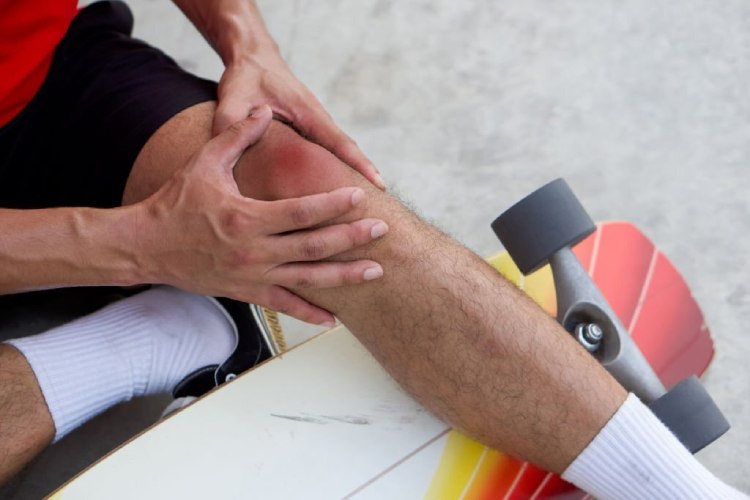
1. Shoes are too tight
Tight shoes cause rubbing that leads to blisters and pain in your feet in spots you don’t have when barefoot. It will also make you stand different than you usually do. This can lead to straining ankles and knees.
2. Flat feet
Your arch is the natural curve of the foot’s bottom that provides foot support. In flat feet, your arch has fallen and sits on the floor as you walk. It creates pain in the arch or heel and sometimes both. While there is no cure for flat feet, you can manage it with shoes with arch support, foot braces, and therapeutic exercise. With the proper supportive wear, you can minimize flat foot pain.
3. Fractures foot/ankle
Many people think you can walk on a fracture. Truthfully, fractures of the foot and ankle are so painful that you can’t. Even if you try to walk on it, putting your body’s weight on it could do more damage than the original fracture.
Your foot alone has 26 bones in it, and when one breaks, it weakens the bone structure and is very painful too. A crack in a bone is a fracture. It can be a partial fracture since the bone is not broken through, or a complete fracture where the bone snaps in half. A fractured ankle/foot symptoms include pain, swelling, and bruising at the fracture site.
Landing on your feet the wrong way after a jump, falling, or poor execution of a trick can lead to a fracture. If you think you have a fracture, stay off it, wrap it in an ace bandage, apply ice to the site of pain, and get to an emergency room to have it looked at immediately.
4. Plantar fasciitis
Plantar fasciitis is caused by how your toes grip the skateboard, calf muscle weakness, and poor skating form. The most significant symptom is heel pain. It is an inflammation of the supportive tissue in the arch of your foot. Without treatment, crystals can develop between the tissue layers, accompanied by increased pain.
There is no quick cure for Planters Fasciitis. The affected foot requires rest, specialized exercises, ice, and non-steroidal meds. A doctor’s diagnosis and treatment as early as possible is the best option.
5. Neuroma
Neuromas are simply pinched nerves. While it sounds like no big deal, pinched nerves can be very painful, depending on their location. Their symptoms are numbness and tingling (that prickly feeling you get when your hand or foot falls asleep.)
Make sure to see a doctor as soon as the symptoms start. Ignoring this can lead to more significant problems.
6. Sprain’s foot/ankle
Overuse and straining the tendons in your feet and ankles can lead to twisting, turning, or rolling an ankle. When the ligaments that connect your joints and bones tear or stretch more than usual, it results in a sprain.
Sprains can be as painful as a fracture. The result is pain, bruising, and swelling of the affected foot or ankle. Wrap it in an ACE bandage, elevate it, apply ice, rest the limb and see a doctor to ensure no break. Pain relievers such as Motrin will relieve the pain and help reduce swelling.
7. Wrong shoes
If you skate, you need to be wearing skate shoes! Skate shoes are lightweight, made to last, and support and protect the areas of your feet that take the most beating. Wearing skate shoes can help reduce pain in your calves, ankles, and feet.
8. Achilles tendonitis
When the Achilles tendon on the back of your heel becomes inflamed, it is usually Achilles tendonitis. It is pretty painful, and the symptoms include pain in the back of the heel in the morning that worsens as you increase your activity.
The cure is wrapping it with an ACE bandage and icing the tendon. Ibuprofen can help with the pain and reduce inflammation. See a doctor as soon as the heel pain starts. This can become very serious if untreated.
9. You need to fix your form
You should skateboard as safely as possible. Twisting, jumping, and pushing off the board wrong can cause injuries to the feet, ankles, and knees. Locking your ankles and knees in a jump or trick at the wrong time will create injuries. Be attentive to how you move your body when you skate and do board tricks.
A great way to check your body mechanics (how you are moving, holding a position on a jump, etc.) is to have a friend record you as you skate to see where you need to change your technique.
10. Wheels are too hard
Harder wheels are hard on your feet and joints. Softer wheels absorb the shock/vibration as you skate and do tricks that can make your feet and joints hurt.
11. Skating in the wrong place
Rocks and bumpy terrain, cracked pavement, and wet conditions can create falls and situations where you can get injured.
12. You have just started skating
Like starting an exercise program, skateboarding will leave you with sore muscles, aches, and pain you didn’t have before. Once you have been skateboarding for a while, the soreness will disappear, and you will have built up your strength.
While it’s normal to be sore when you use muscles in ways you haven’t done before, sharp pain, numbness, and bruising are not. Despite your inexperience, you know when something isn’t right, and that is when seeing a doctor is a good idea.
How to Prevent Painful Feet?
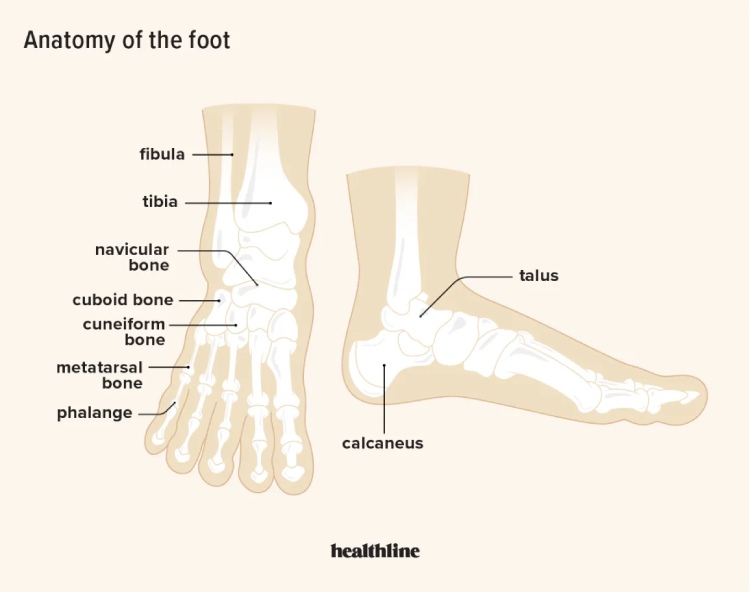
Photo courtesy of Healthline
1. Protective gear
The same falls and poor form that can hurt your feet will also hurt your knees. Knee pads and protective gear that pads joints will help minimize your injuries.
2. Improve your technique
Showboating and improper form lead to injuries. Be careful how you position your feet, ankles, and knees while you skate.
3. Post skateboard eats
After skating, muscles need to recover. Drink lots of water and replenish the potassium your muscles used by eating a banana within 30 minutes of when you finish skating.
4. Stretch before you skate
All athletes stretch before their workout. Skaters should always stretch and warm up
their muscles before skateboarding. Stretching helps prevent strains, sprains, and torn muscles.
5. Proper footwear
Wearing skate shoes that fit your feet correctly will minimize blisters and rubbing that makes your feet sore. Skate shoes are designed to support your feet where they need it most, resulting in fewer foot injuries.
6. Better terrain
Be picky about when and where you skate—skate where there are no bumps or rocky terrain. Don’t skate in the rain or conditions that can result in a fall. Stick to smooth areas, like a skate park.
7. Rest
Resting an injury like a sprain, tendonitis, or fracture lets the area heal. Injuries that are not fully healed can lead to reinjury or worsening of an already injured area. Take the time to heal properly!
FAQs
1. Can I strengthen my feet by skateboarding?
Ans. Yes, any physical activity will increase muscle strength, including skateboarding. It won’t strengthen your feet. It will strengthen the muscles, tendons, and ligaments you use to skateboard. But… skateboarding is hard on your body if you overdo it.

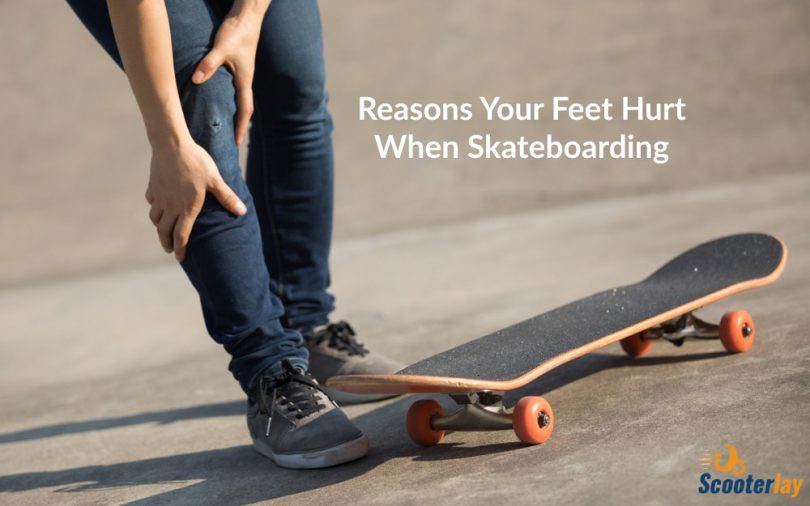
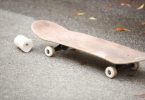
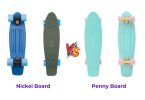
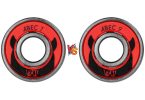
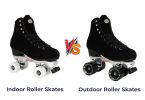
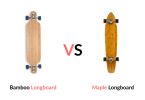
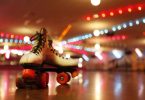

Leave a Comment